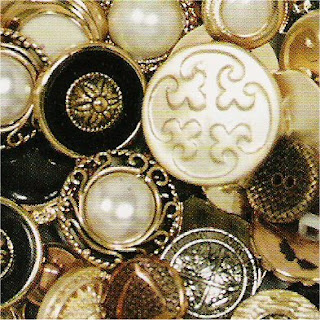Costing sheet
To complete this project I spent a total of £72.39 to purchase everything from my main fabrics, to the finishing touches. This worked out to be my most expensive project, however for this brief I was required to produce two garments instead of just one. As a rule I would normally spend around £30/£40 on materials for my previous projects and so in essence this could work out to be £35 pair garment. It didn’t actually work out to be an equal divide, as one of my garments was required to be more elaborate and detailed than the other, instantly making it more expensive. I took all these points into account and considered them when budgeting for my materials. Whilst I was purchasing my fabrics I tried to save money if and when it was possible, for example the leather look material I originally wanted was much more expensive than I had thought, and so I opted for a thinner alternative decreasing the price. I also looked in the clearance sections for cheaper priced materials; this is where I sourced the charcoal material I used as part of the roundhead garment, and the light blue fabric I used for the cavalier garment. Once I had completed my garments I realised I did have fabric left over, and so I could have saved a little bit of money on each of my fabrics by buying a fraction less of them. However I am glad I had spent that little bit more on my materials and had a little bit extra, as it allowed me room for mistakes if I was to make any.
Here is a breakdown of each individual cost;
Cavalier
Cream fabric: £5.86
Light blue fabric: £4.99
Navy blue fabric: £8.74
Grey fabric: £6.86
Bronze fabric: £9.46
Gold buttons: £2.50
Thin elastic: £0.40
Lace trimmings: £1.10
Lace netting: Recycled
Ribbon: £0.30
Large feathers: £4.40
Starch: £1.20
Roundhead
Cream fabric: £4.89
Leather fabric: £15.49
Charcoal fabric: £5.18
Tassels: £1.20
To complete this project I spent a total of £72.39 to purchase everything from my main fabrics, to the finishing touches. This worked out to be my most expensive project, however for this brief I was required to produce two garments instead of just one. As a rule I would normally spend around £30/£40 on materials for my previous projects and so in essence this could work out to be £35 pair garment. It didn’t actually work out to be an equal divide, as one of my garments was required to be more elaborate and detailed than the other, instantly making it more expensive. I took all these points into account and considered them when budgeting for my materials. Whilst I was purchasing my fabrics I tried to save money if and when it was possible, for example the leather look material I originally wanted was much more expensive than I had thought, and so I opted for a thinner alternative decreasing the price. I also looked in the clearance sections for cheaper priced materials; this is where I sourced the charcoal material I used as part of the roundhead garment, and the light blue fabric I used for the cavalier garment. Once I had completed my garments I realised I did have fabric left over, and so I could have saved a little bit of money on each of my fabrics by buying a fraction less of them. However I am glad I had spent that little bit more on my materials and had a little bit extra, as it allowed me room for mistakes if I was to make any.
Here is a breakdown of each individual cost;
Cavalier
Cream fabric: £5.86
Light blue fabric: £4.99
Navy blue fabric: £8.74
Grey fabric: £6.86
Bronze fabric: £9.46
Gold buttons: £2.50
Thin elastic: £0.40
Lace trimmings: £1.10
Lace netting: Recycled
Ribbon: £0.30
Large feathers: £4.40
Starch: £1.20
Roundhead
Cream fabric: £4.89
Leather fabric: £15.49
Charcoal fabric: £5.18
Tassels: £1.20



.jpg)

.jpg)
























.jpg)




